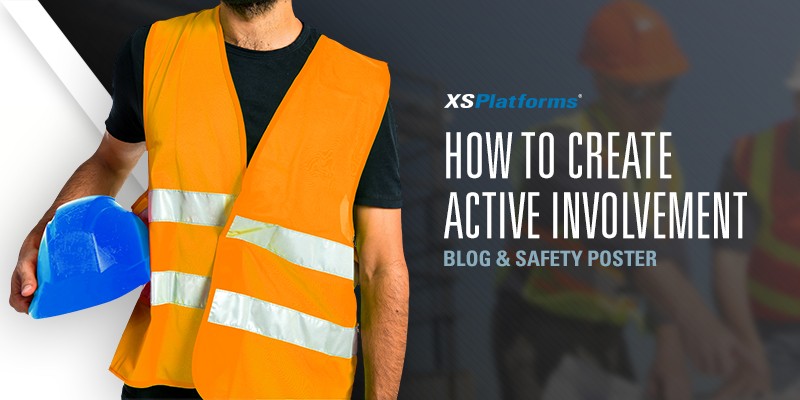Building a safe and healthy work environment is challenging. Maintaining and growing your safety culture over the long term can be even more demanding. One tactic you can employ is the engagement of your workers.
In a previous blog we presented 4 tips for a positive safety culture. One of those tips was worker involvement. We’d like to explore this subject further as employee engagement in combination with powerful leadership are at the basis of a good safety culture. A culture that not only minimizes risks for your company, but also increases well-being for your employees.
The employees on your worksite know the most about the hazards of the job and have their own ideas on how best to increase safety. They know what tools and equipment can help keep them safe, and what hinders them in doing their job.
Employee engagement means more than just bringing in some workers to help shape the company’s safety policy. Involving employees means trusting them to do the right thing and making them owners of the company’s safety procedures. Just like a safety culture, worker engagement is an ongoing process that is never truly done.
Employee engagement is a blessing
Employees that really connect with their workplace and feel listened to are more satisfied with their job and are less likely to search for another job. Engaged employees also have a higher level of performance than their non-engaged counterparts. Meaning that a business benefits from higher productivity if they have a fully engaged workforce.
Not to mention that employees engaged in the safety efforts of a company are five times less likely to get hurt than non-engaged workers. On top of that they are seven times less likely to have a lost-time injury.* We can conclude that safety and worker engagement really pay off. After all an engaged workforce has less incidents, thus saving money, e.g. insurance premiums, fines, lawsuits etc.
* “Employee engagement and commitment,” Effective Practice Guidelines, Robert Vance, Society of Human Resource Management, 2006


